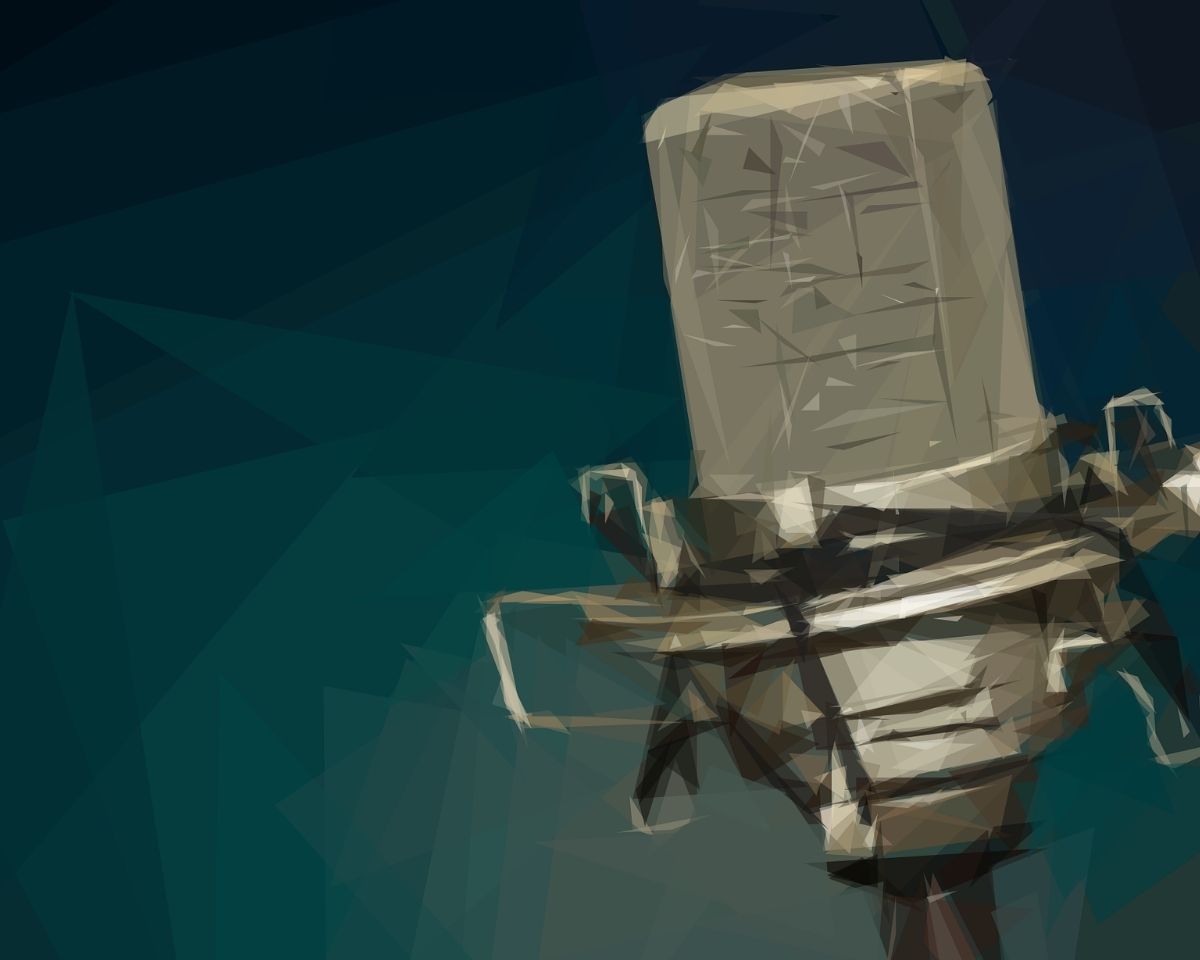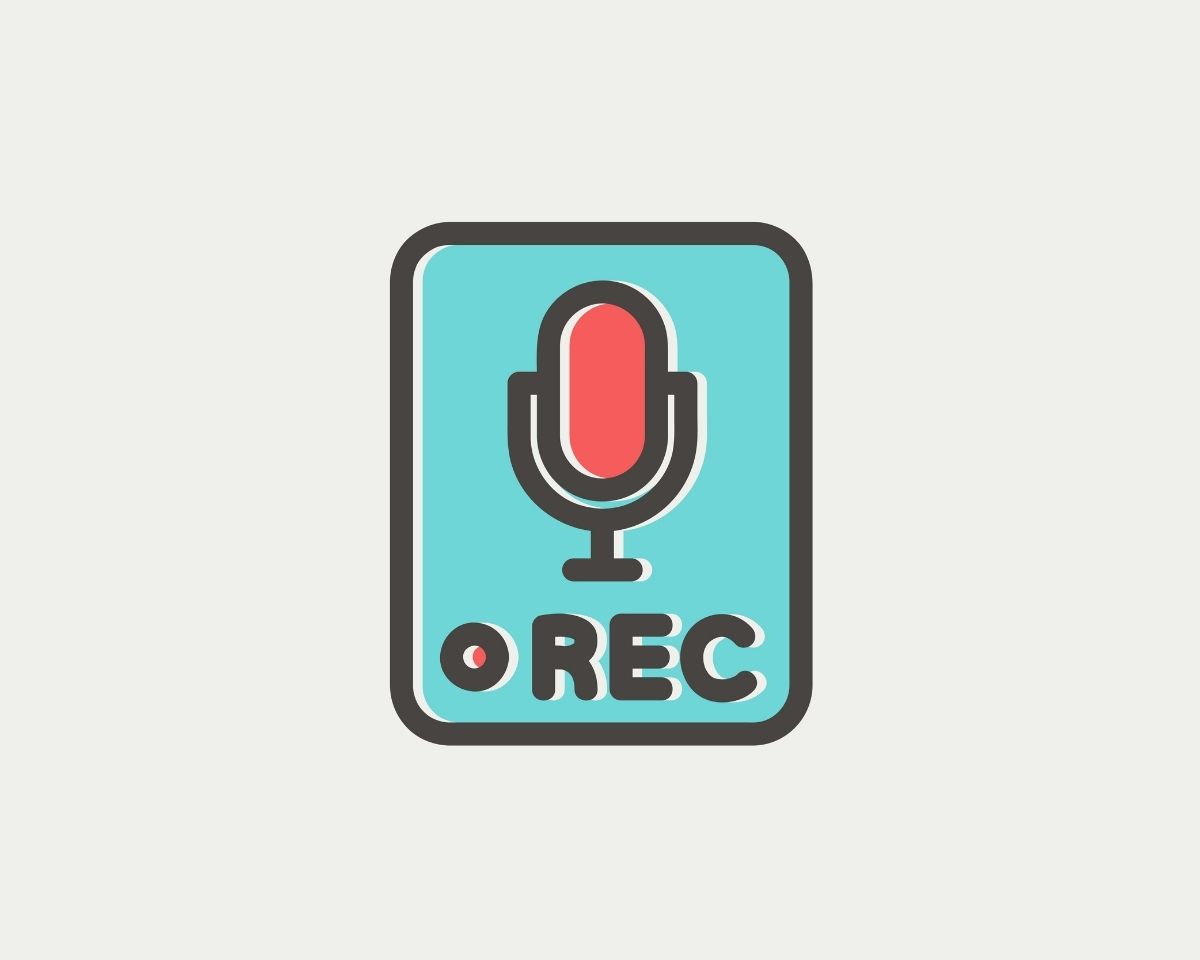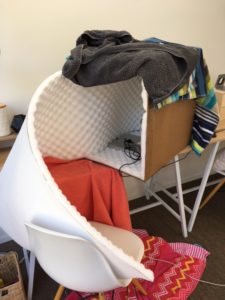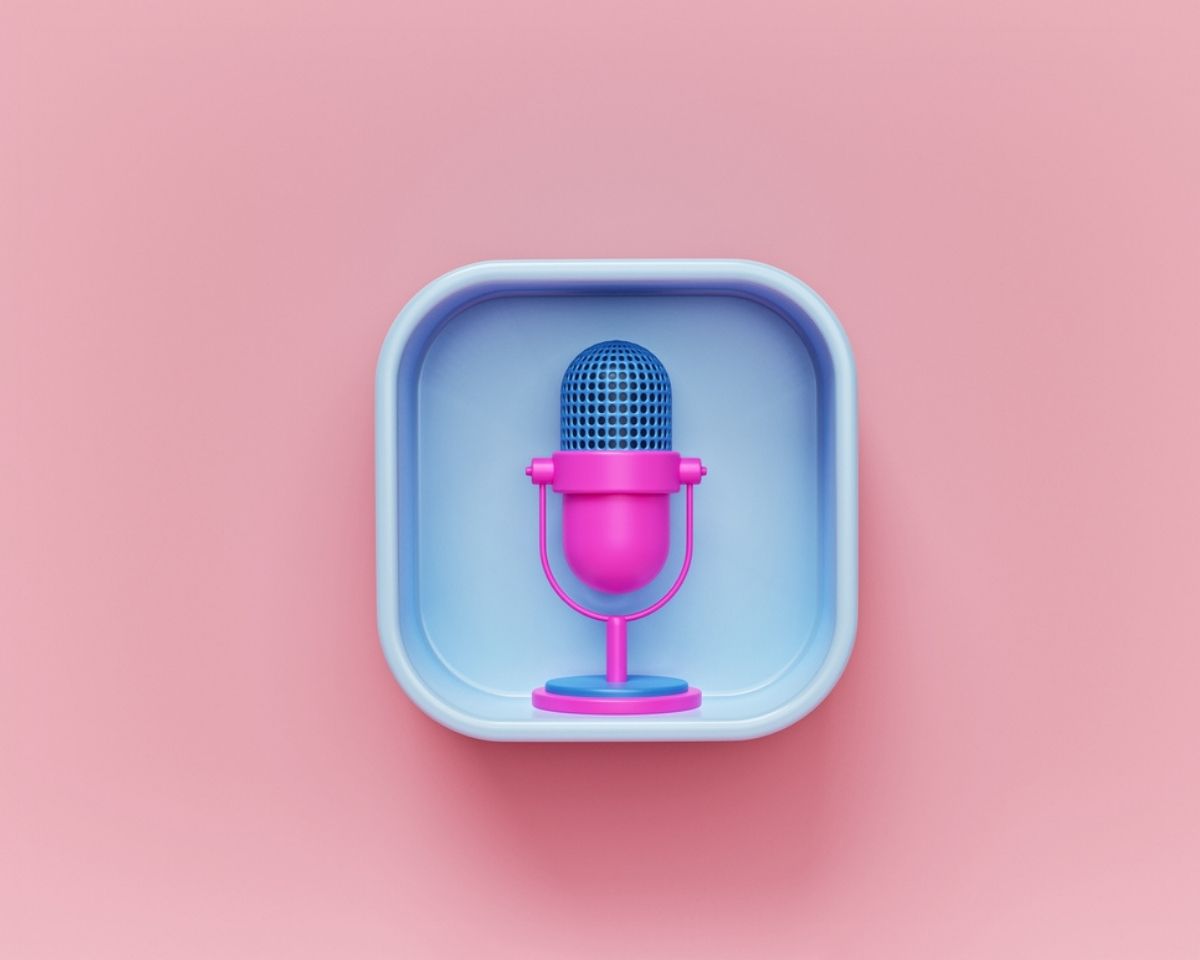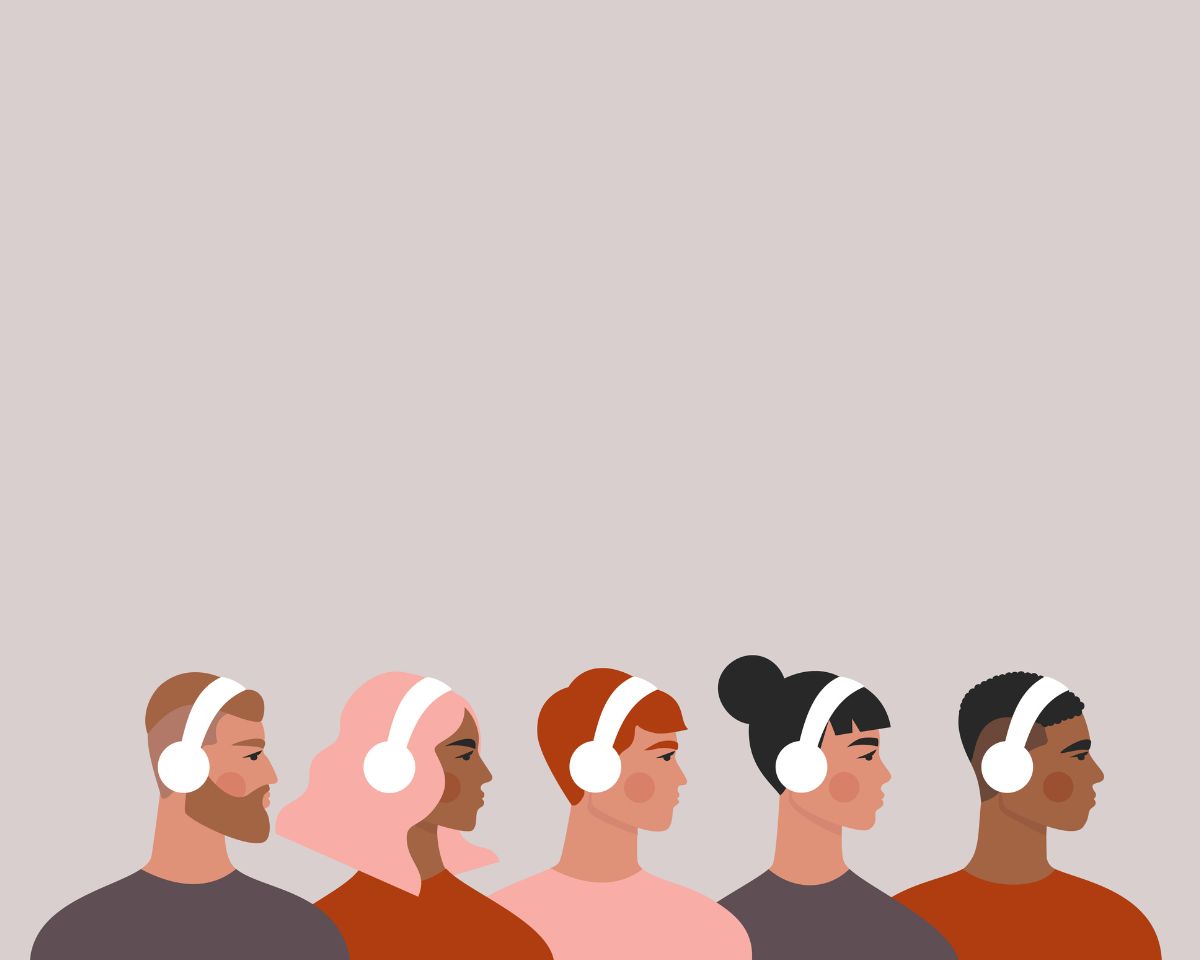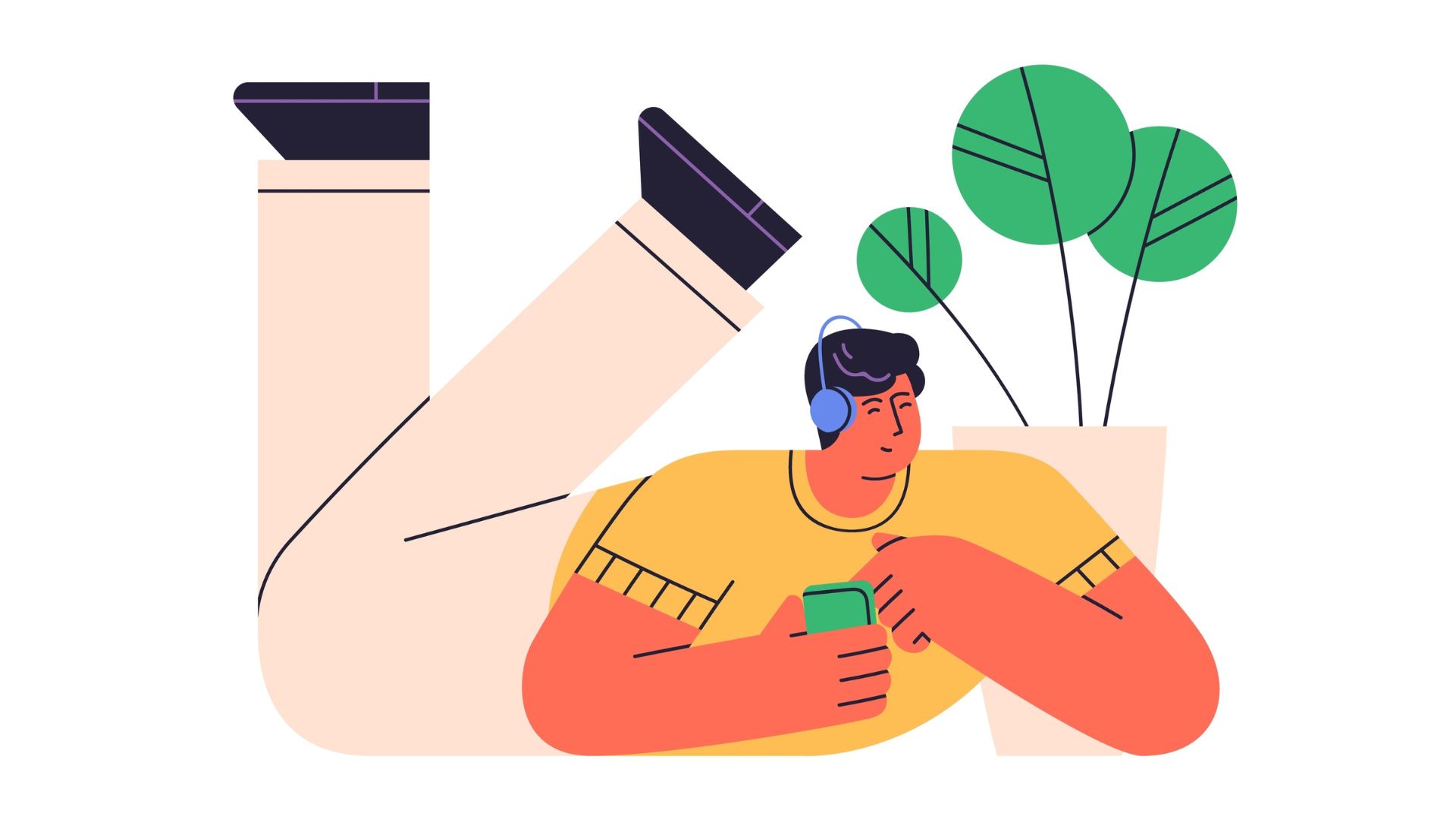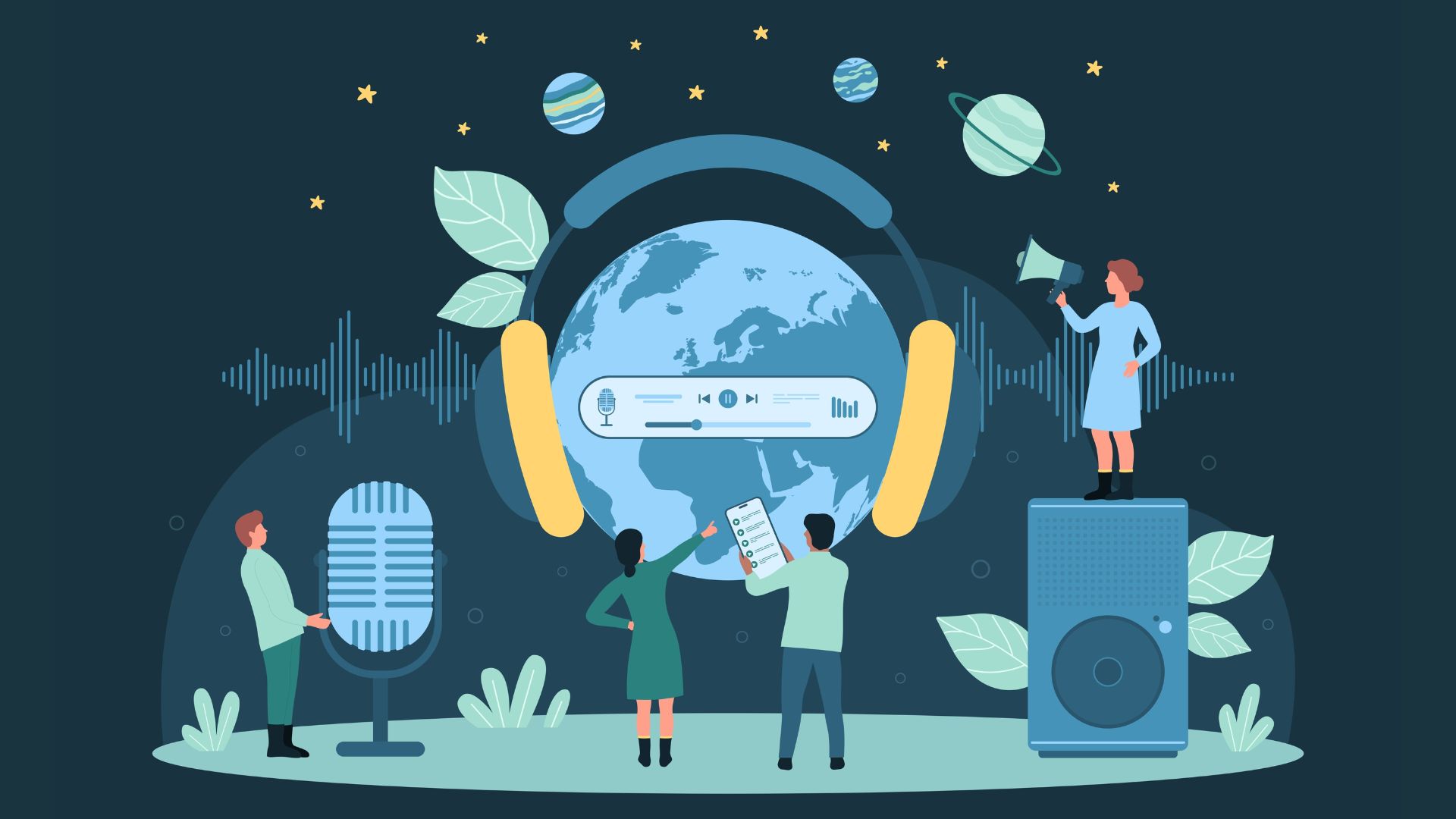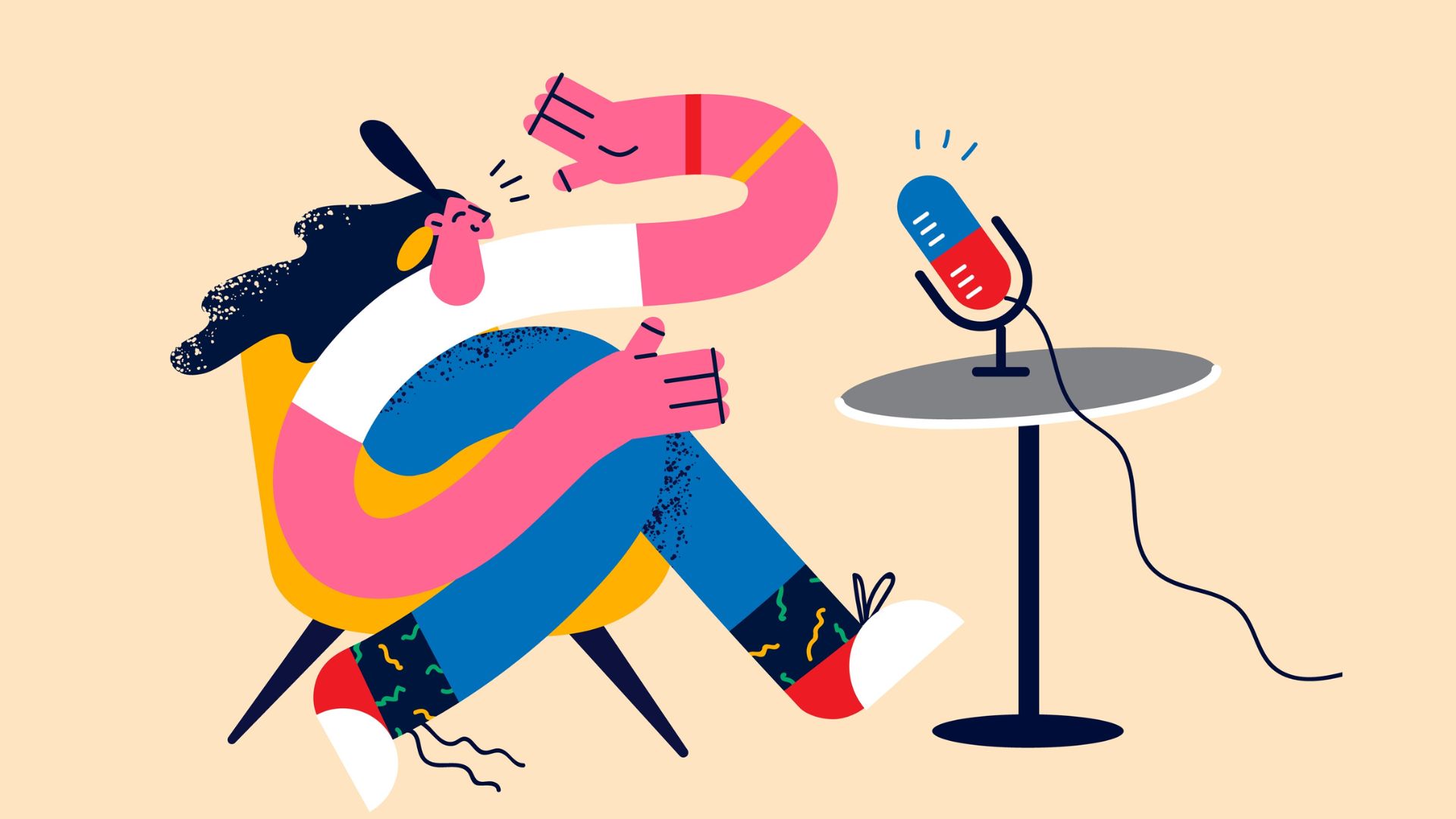How to turn your house into a podcast recording studio…on the cheap
You don’t need to hire a professional studio or set up an expensive voice-over booth to record high-quality podcast audio at home.
In fact, sometimes all you need to do is draw the curtains…
[button text=”Apple” url=”https://itunes.apple.com/au/podcast/podschool-learn-how-to-create-professional-podcast/id1239671724?mt=2″ class=””] [button text=”Google” url=”https://www.google.com/podcasts?feed=aHR0cHM6Ly9yc3Mud2hvb3Noa2FhLmNvbS9yc3MvcG9kY2FzdC9pZC8xMzAz” class=””] [button text=”Spotify” url=”https://open.spotify.com/show/1Q2L51iY2sIL8BEkAKyxZj” class=””]
Make your space recording-friendly
If you want to record high-quality audio one of the most important things to think about is where you record.
Reflective surfaces are the enemy of good audio so you want to avoid rooms with tiles, windows or high ceilings.
Recording in an echoey space not only makes you sound further away from your audience (and intimacy is important in podcasting) it also makes your show harder to edit.
Especially if there’s more than one person talking.
When you’re recording around tiles or glass, the sound of your words bounces off those reflective surfaces so you end up with an audio “tail” at the end of everything you say.
This can make editing a nightmare because you can’t get a clean cut.
There are things you can do to the audio to clean it up when you’re editing but the more processing you do to your recording the more natural warmth you take out of your voice.
And that’s not a good thing.
Ideally, you want to record somewhere that’s going to give you the best quality audio in the moment and that’s somewhere where the sound can be absorbed into the surroundings rather than reflected off it.
Setting up your space doesn’t have to be difficult
In my old office, I had the trifecta of audio grief – high ceilings, floor-to-ceiling windows and hardwood floors.
To combat this I build my own mini-voice-over booth because my mic had to be hidden in a tiny cushiony cave to make it sound like I wasn’t recording on the toilet.
I built a (very unattractive) voice-over booth out of a cardboard box, some mattress underlay and just about every towel I could find in my house…
I’ve since moved to a new place that’s much more audio-friendly. It has curtains, carpet and softer furnishings so my microphone doesn’t need the industrial-strength protection it did before.
These days I can get away with using three large couch cushions that I arrange around my microphone – two on the sides in a triangle and one on top.
This gives me an enclosed space that absorbs the sound so you’d never know I was recording in my bedroom.
Listen to everything as you record
If you want to make sure you’re recording audio that sounds good you have to listen to it in the moment.
This will help you work out whether the room is too echoey, if you’re popping into the microphone when you speak, or if there are any distracting sounds in the background like an air conditioner.
If you adjust these things in the moment rather than hearing them for the first time in the edit you’ll save yourself a lot of hassle.
Don’t let your space stop you from getting started
When you’re starting out it’s easy to think you won’t be able to record high-quality audio at home but you absolutely can.
A lot of podcasters record in their closet, surrounded by clothes so it doesn’t have to be glamorous to get the job done.
You just need somewhere with soft furnishings rather than hard surfaces to make sure the audio you’re recording sounds as good as it possibly can.
And the great thing about podcasting is no one can see how you make the show.
So, as long as it sounds good, that’s all that matters.
Case in point…
Got a burning podcasting question you’d like answered? Send me an email.
Want to start your own podcast but need a little help? Download my “How To Start A Podcast” guide or sign up for my online podcasting course, PodSchool.
[spp-transcript]
